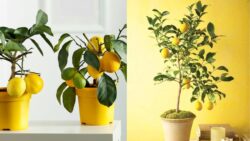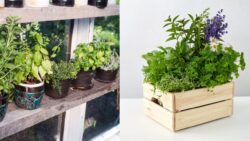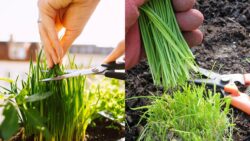Epsom Salt for Plants – A simple yet powerful way to give your garden a healthy boost. Gardeners around the world swear by this natural mineral for greener leaves, stronger roots, and beautiful blooms. Let’s explore how this easy trick can transform your garden.
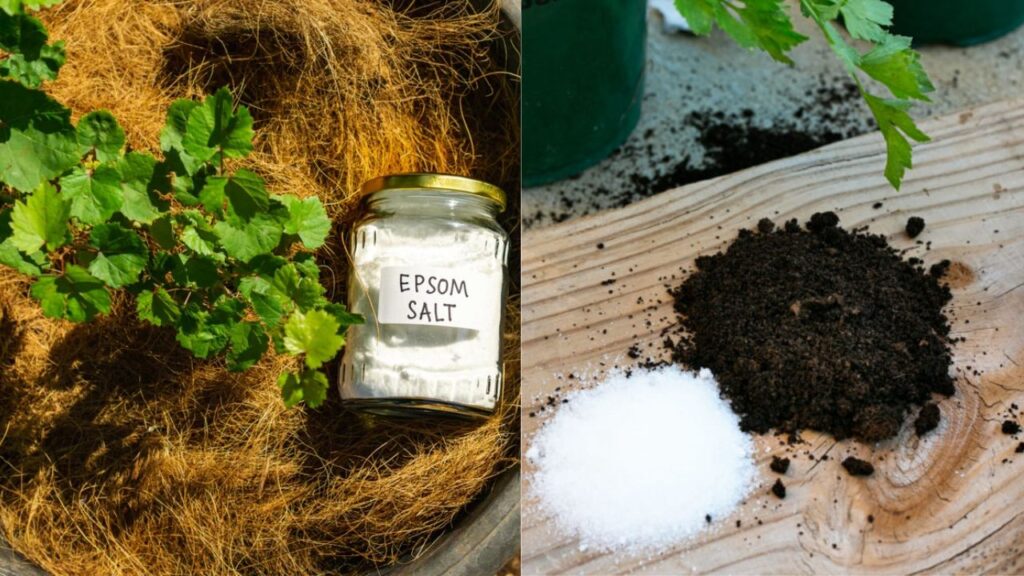
Why Epsom Salt Works Like Magic for Plants
Epsom salt, scientifically known as magnesium sulfate, provides essential nutrients that most plants crave but rarely get enough of. The magnesium helps with chlorophyll production, making leaves greener and more vibrant. Meanwhile, sulfate improves nutrient absorption, helping your plants take in nitrogen and phosphorus more effectively. When used correctly, Epsom salt for plants can enhance growth, increase yield, and even revive weak or yellowing foliage.
Best Ways to Use Epsom Salt in Your Garden
There are several easy ways to apply Epsom salt depending on your plant’s needs. It can be added to soil, dissolved in water, or sprayed directly on leaves. Here’s how you can make the most of it:
- Soil Mix: Add one tablespoon of Epsom salt per foot of plant height into the soil before planting.
- Watering Solution: Dissolve two tablespoons of Epsom salt in a gallon of water and use it once every month.
- Foliar Spray: Spray the solution directly onto leaves for a quick nutrient boost.
- Transplant Boost: Add Epsom salt to the hole before transplanting seedlings to reduce shock.
This versatile ingredient works well for vegetables, flowers, and even potted indoor plants.
Step-by-Step Guide to Using Epsom Salt in the Garden
- Step 1: Choose the Right Type
Always select pure, unscented Epsom salt without added fragrances or colors. Check that it’s labeled “magnesium sulfate (USP grade)” for the best quality. This ensures your plants get natural minerals without harmful additives.
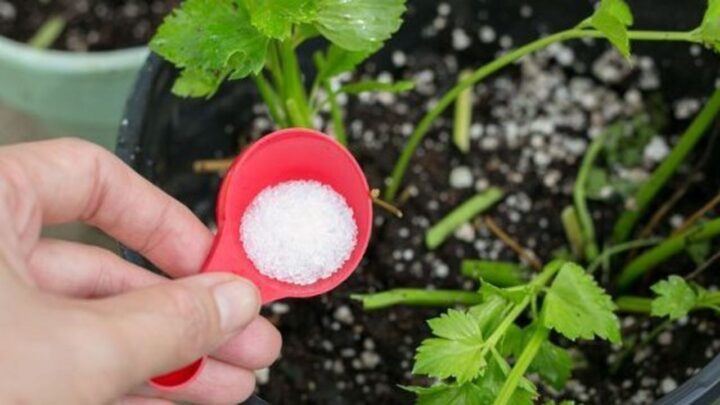
- Step 2: Measure the Proper Amount
Avoid overuse. Generally, one tablespoon per gallon of water is sufficient. For smaller plants, half the dose works fine. Too much can disrupt soil balance, so stick to moderate, consistent applications.
- Step 3: Mix and Apply Correctly
Dissolve the salt completely in warm water before use. For outdoor plants, water the base thoroughly. For indoor plants, spray the leaves evenly. Repeat once every 3–4 weeks for steady results.
- Step 4: Use During Key Growth Stages
Apply Epsom salt during germination, flowering, and fruiting stages for maximum benefit. Tomatoes, peppers, and roses respond especially well, producing bigger fruits and brighter blooms.
- Step 5: Monitor and Adjust
Observe your plants’ response over two weeks. If leaves become greener and growth improves, continue at the same rate. If not, reduce frequency or combine with compost for better nutrient balance.
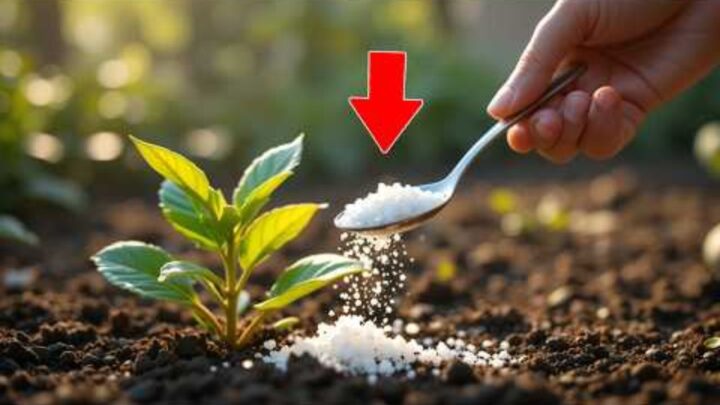
Extra Tips for Getting the Best Results
- Use Epsom salt early in the morning or late evening to avoid leaf burn.
- Combine it with organic compost for stronger, long-term soil health.
- Test your soil pH first — plants in already magnesium-rich soil may not need extra.
- Apply around the root zone rather than directly on the stems.
- For flowering plants like roses, a monthly foliar spray works wonders.
FAQs
Can Epsom salt harm my plants?
No, when used in moderation, Epsom salt is safe. Overuse, however, can lead to salt buildup in soil, which might stress roots. Always follow recommended dosages.
Which plants benefit most from Epsom salt?
Tomatoes, peppers, roses, and leafy greens show the most improvement. These plants often suffer from magnesium deficiency, which Epsom salt helps correct quickly.
How often should I use Epsom salt in the garden?
Once every three to four weeks is ideal. You can also apply it before flowering or fruiting to support healthy growth and vibrant blooms.
Is Epsom salt good for indoor plants?
Yes, it helps indoor plants grow lush and green. Just mix half a tablespoon per liter of water and spray once a month.
Epsom salt is nature’s gift to every gardener. With just a few simple steps, you can turn dull, struggling plants into thriving, colorful wonders. Whether you’re growing flowers, herbs, or vegetables, this garden trick adds life, color, and happiness to every leaf. Give your plants a touch of magic today — they’ll thank you with brighter blooms and stronger growth.

